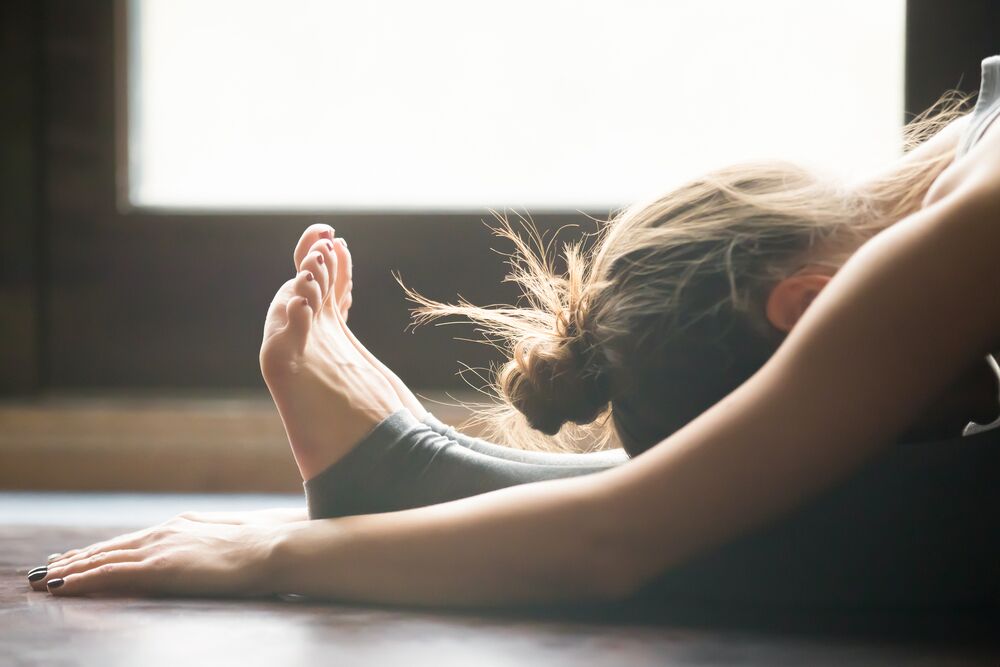“Yoga is a method for restraining the natural turbulence of thoughts, which otherwise impartially prevent all men, of all lands, from glimpsing their true nature of Spirit. Yoga cannot know a barrier of East and West any more than does the healing and equitable light of the sun.”
ParamahansaYogananda
When we relate to our friends that we’re stressed and need a way to unwind, we are immediately offered the suggestion which goes something along these lines: “Why not try Yoga? I’ve heard that it’s SUPER for helping to bust stress!” And when we hear this, many of us probably dismiss the idea because we’re not super flexible and can turn our bodies into a human pretzel of sorts.
The fact that Yoga has a proven link to helping reduce stress is indisputable. In a survey, 85% of respondents stated that doing Yoga helped them to reduce stress. While other forms of exercise do help to bust stress as it helps to expend the extra adrenalin that stress produces, Yoga goes one further as it exercises the mind in addition to the body.
We’ve put together a few tips and tricks to help you master Yoga and take advantage of the stress-busting qualities that this ancient form of exercise brings with it.
You don’t have to be flexible to do Yoga
Although Yoga poses do require you to adopt weird and wonderful positions, that may be frightening (our mind jumps to the headstand as the scariest!) you don’t have to be super-duper flexible in order to do Yoga.
There are a lot of workarounds that Yoga instructors can recommend to you if you are not able to get into a position. One of these workarounds is using blocks under your hands when you perform Sun Salutations. This enables you to not compromise your form by trying to get your hands flat on the floor when – in fact – you can only reach to your knees.
Be open with the instructor
Carrying on from the point above, if you have any injuries or recurring problems in your body you need to tell the instructor. This is so that he or she cantell you which positions to avoid. So, for example, if you’re suffering from lower back pain, you need to avoid the following positions:
- Standing Forward Fold
- Seated Forward Bend
- Twisted Poses
Remember that if your have lower back pain, chances are very good that your hamstrings are incredibly tight and you’re experiencing limited movement with these muscles of your legs. So, in order to make sure that you eliminate lower back pain, ensure that you work on increasing the flexibility of your hamstrings.
Practice your breathing
The positions in Yoga are timed to be in keeping with a practitioner’s breath. (This type of breathing is called Ujjayi breath.) To breath in this manner, you will breath in through your mouth and will exhale through a closed mouth while keeping the back of your throat slightly constricted. This creates an almost sighing sound.
It’s been shown that this practice is one of the most instrumental in helping alleviate the signs and symptoms of stress because when you’re upset or anxious, your breathing becomes shallow. As such, the amount of oxygen that goes to your brain is decreased which causes you to think irrationally.
Ujjayi breathing helps you to deepen your breath and to equalise the amount of oxygen going to your brain. This helps to normalise your thinking and, in so doing, helping you to become less stressed.
If you want to take your Yoga practice to the next level, and become a more advanced Yogi, there are a lot of ways to do this. However, the tips and hints that we’ve listed in this article will help you get started on your Yoga journey.



